No matter what type of paint booth you have, you want it to perform optimally. There are many things that can affect a spray booth’s operational capability, but one of the most important is airflow.
Maintaining proper airflow can ensure your booth creates perfect finishes and operates within acceptable safety parameters. On the other hand, airflow problems can compromise the booth’s efficiency, performance, and longevity. Understanding the basics of airflow and the methods for controlling it can help you operate your paint booth safely and effectively.
1. Finish Quality
Airflow within your paint booth can have a significant effect on the overall finish of whatever you are painting. Adequate, balanced airflow helps ensure the paint sprays uniformly and dries quickly. However, incorrect airflow may cause several problems:
- Incomplete or uneven drying
- Non-uniform finish
- Introduction of dust and debris within the booth
Even small variances in airflow can cause problems with the finish on your project, and in some cases, you may have to repaint the object entirely. Controlling the airflow within your paint booth is essential for a high-quality finish.
2. Overspray Management
The overspray in a paint booth can cause significant issues if it’s not handled properly. The paint booth needs to direct the overspray away from the object being painted so as not to ruin the finish.
However, the overspray can’t just be pulled out of the booth and released into the shop; that could compromise the air quality and create a dangerous working environment for your operators. The overspray must be directed to air filters that are designed to capture it safely. It’s vital to replace clogged air filters immediately. If you continue to run a paint booth with clogged filters, it could unbalance the air pressure, forcing the overspray into the shop’s air.
3. Air Pressure Balance
Safe, effective spray booth operation requires proper air pressure within the booth, and managing airflow is the key to maintaining the correct pressure. During operation, exhausted air is removed from the booth, which can create negative air pressure. The easiest way to resolve this issue is to install an air makeup unit that replaces the exhausted air at the correct rate to balance the air pressure within the booth. A heated AMU is especially useful, as it can provide warm replacement air to speed up the curing process.
In most spray booths, there are two types of fans that manage the airflow. The exhaust fan pulls used air from the booth toward the ductwork and removes the overspray so it doesn’t affect the finish quality. An AMU uses a blower fan to push replacement air into the booth. Controlling the airflow with these fans allows you to maintain the correct air pressure inside the booth.
4. Safety
Ensuring proper airflow is a vital element of safe paint booth operation. The Occupational Safety and Health Administration and the National Fire Protection Association even have specific requirements for air velocity within paint booths.
Adequate airflow helps reduce the risk of fire by lowering the concentration of flammable materials in the booth’s air. The exact nature and direction of the airflow within a spray booth vary depending on the design:
No matter what type of paint booth you choose, it’s essential to ensure compliance with OSHA and NFPA airflow requirements.
Maintaining Proper Airflow for Optimal Performance
Proper airflow is a vital aspect of safe and effective paint booth operation. While the exact airflow requirements and directional patterns depend on the type of spray booth, federal safety guidelines define the appropriate parameters. Several things can impact the airflow and air pressure within your booth: clogged filters, malfunctioning fans, and inadequate AMU performance. If you aren’t sure whether your spray booth is maintaining adequate airflow, we can help you figure out the next step. Contact us to learn more about troubleshooting airflow problems and replacing broken equipment.



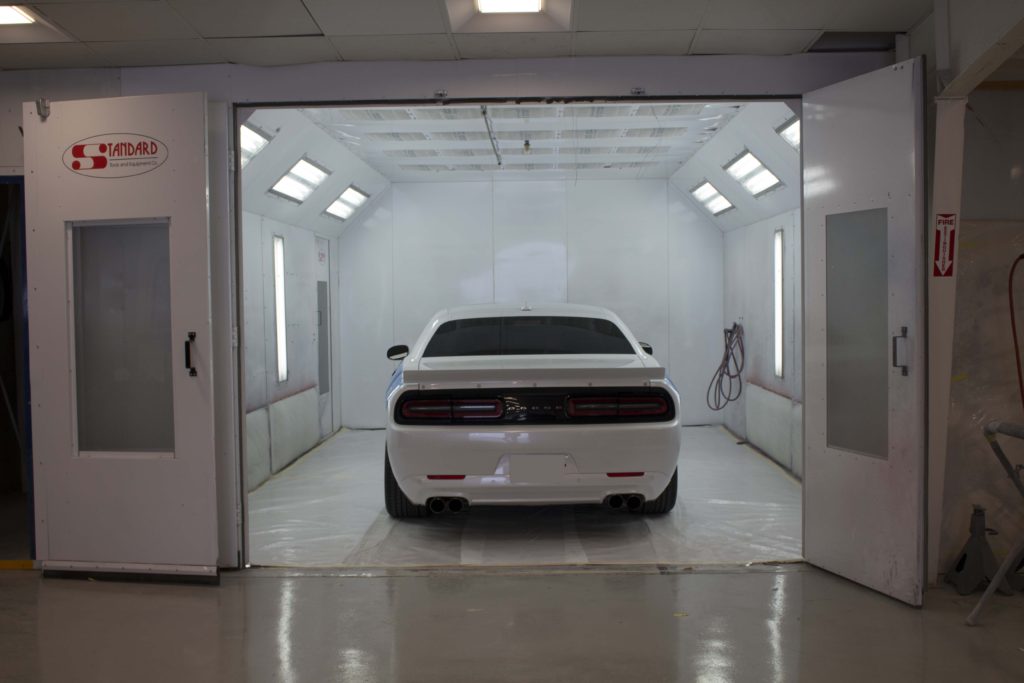
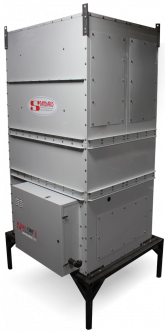
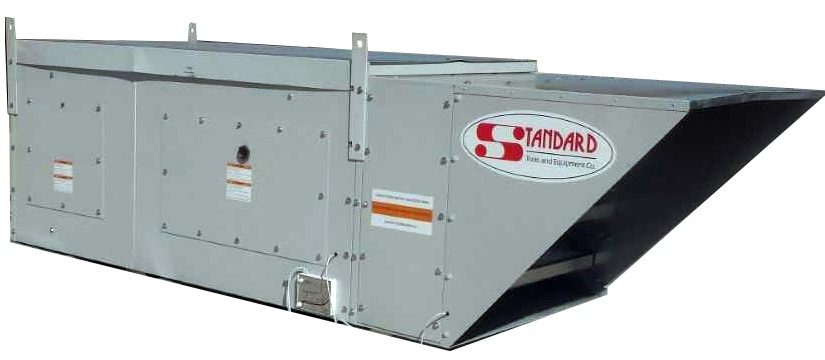
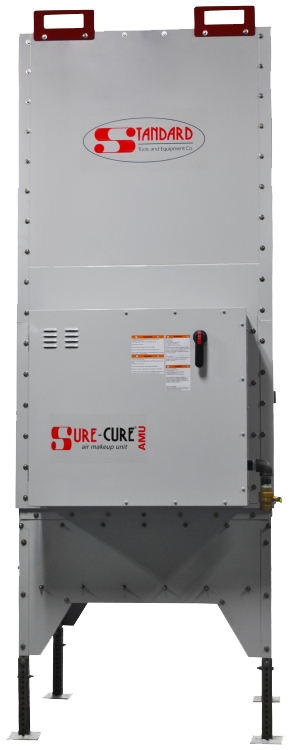

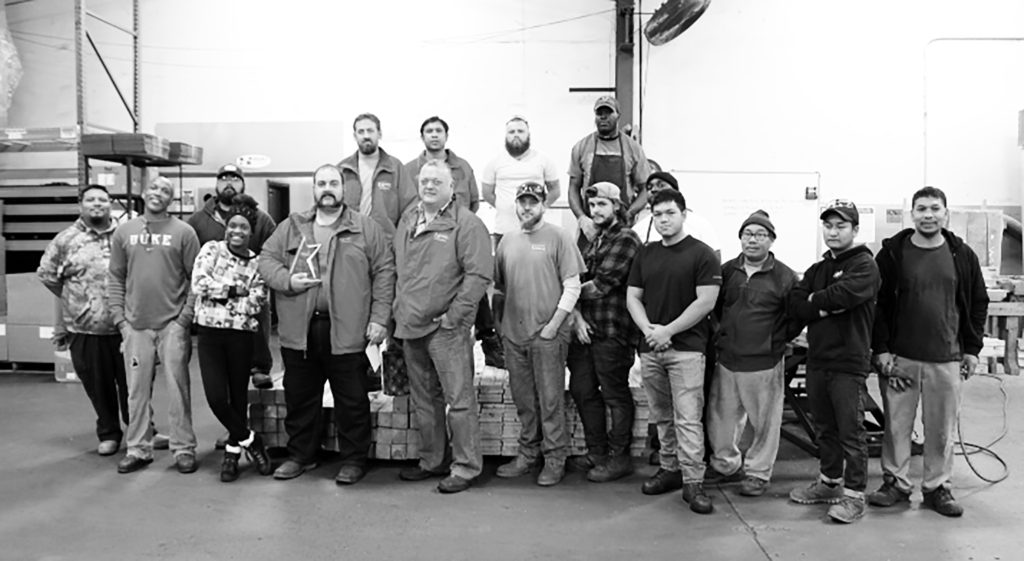
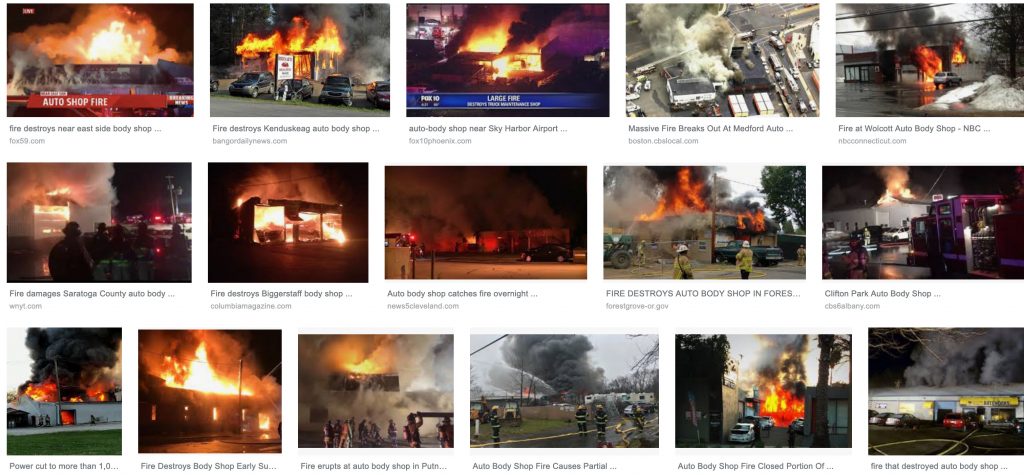
 At
At 